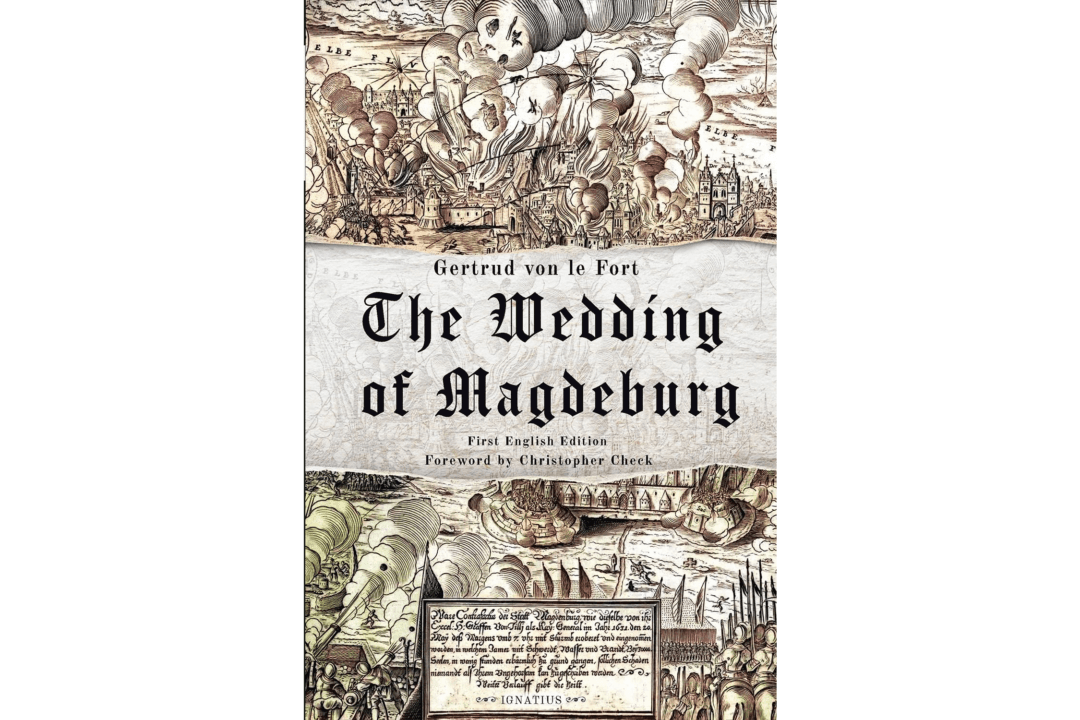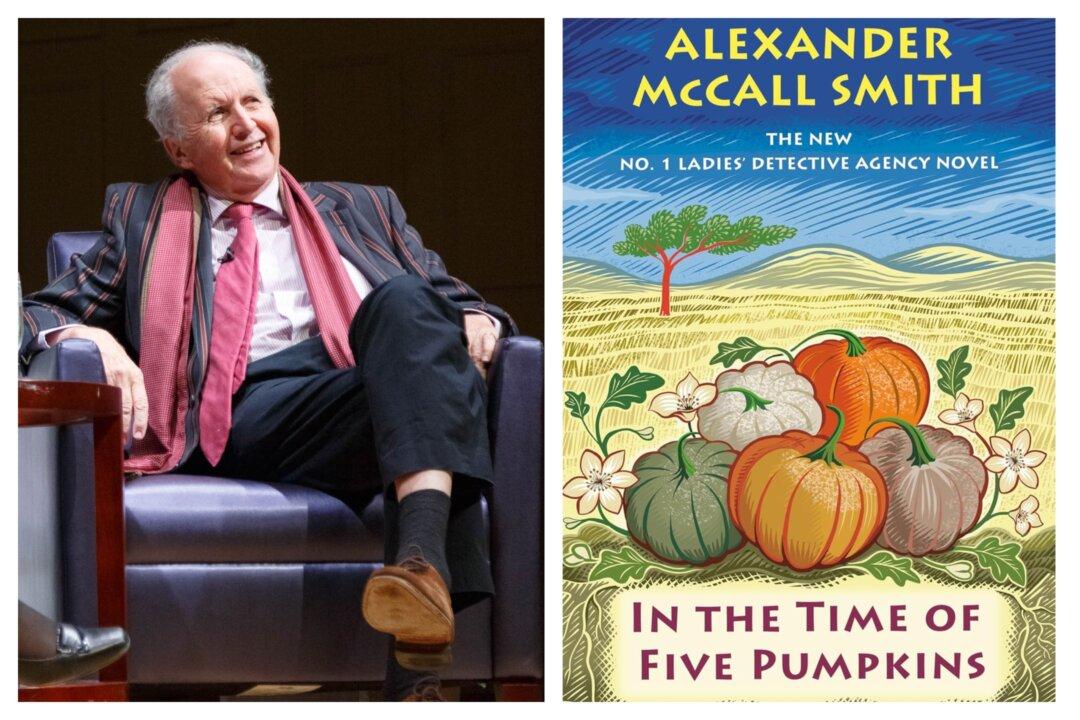The Thirty Years’ War (1618–48) was a time of religious conflict that took place mainly in Central Europe. As can be expected in a long war, there were many battles, conflicts, and skirmishes.
Magdeburg, Germany, strategically located by the Elbe River, was a hub for transport of supplies and manpower throughout the region. It was also in a unique position as it was once a Catholic stronghold, founded by Charlemagne in 806.





